SKL is reader supported. When you buy through links on our site, we may earn affiliate commission. Learn more here.
H&M is one of the most popular fashion brands in the world, earning just over $22 billion in revenue in 2022. In a time when more and more consumers are aware of the need for fashion to be more sustainable, it’s important to evaluate the biggest brands and know their impact.
When you research H&M, two of the most popular questions that come up are “is H&M fast fashion?” and “is H&M sustainable?”. H&M has successfully greenwashed its way into this gray area in which many have mistaken it to be a sustainable brand.
This blog will debunk the myth of H&M’s sustainability and explore the giant fashion brand’s “eco-friendly” practices and greenwashing efforts.
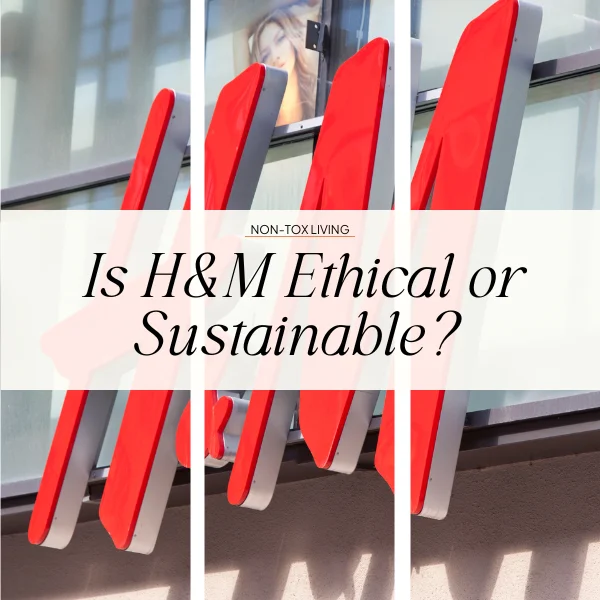
To start, let’s address that first question:
Is H&M fast fashion?
Yes. H&M is essentially the poster child of fast fashion. It was one of the first brands to be both credited for and considered to be fast fashion.
As a refresher, fast fashion is a business model centered around making fashion trends quickly and cheaply available to shoppers. Core traits of fast fashion brands include: low prices, high production volume, constant trend-led collection releases, and fast speed-to-market.
In order to attain the low prices and high volume of clothing that define brands like H&M, factories that produce fast fashion are forced to cut corners and push their workers to extremes to meet the cost and volume demands of the brand.
It is unnatural to be able to produce thousands of articles of clothing in a matter of days, yet that’s what the fast fashion business model revolves around. The only way it’s possible is through exploitation.
H&M reportedly produces three billion garments a year. That volume of production combined with average prices around $20-$30 definitely solidifies H&M as a fast fashion giant.
Is H&M ethical?
So, if H&M is indeed fast fashion, the other most popular question of “is H&M sustainable?” becomes a lot easier to answer. That answer can be derived from whether fast fashion itself can ever be considered a sustainable and ethical business model.
As we’ve explored before, fast fashion cannot and will not ever be sustainable due to its exploitative nature. Add in overproduction, overconsumption, and how it perpetuates waste and disposability culture and we got a really bad mix.
For as long as H&M is a fast fashion brand, it can’t be a sustainable brand. And to end its fast fashion practices would be to completely disrupt its business model to the point of being absolutely unrecognizable as H&M.
H&M has Greenwashed it’s Way to “Sustainability”
Despite the fact that H&M’s business model could never be considered sustainable, the brand has convinced many that it is an eco-friendly brand.
A recent survey of UK customers found that consumers consider H&M, Nike, Primark, M&S, and Amazon to be the top 5 most sustainable retailers, with H&M ranking as number one! This is despite the criticism that many of these brands have received for unethical practices.
Part of the reason shoppers consider these brands to be sustainable is because of their marketing and communication. As big brands, they have the budget to spend on communicating their “green initiatives” and an obligation and social pressure to have sustainability targets (even if they aren’t living up to them).

H&M’s fast fashion business model can never be sustainable because it relies on exploitation and overconsumption. Yet, many people consider H&M to be sustainable because of its Conscious Collection, recycling program, eco-marketing, and beyond. However, all of these play a role in greenwashing, convincing many that all of these practices and claims add up to an eco-friendly brand.
As a reminder, greenwashing is false advertising. It’s a marketing practice in which businesses convey a false impression that they are more environmentally friendly than they actually are.
Let’s explore and debunk some of the main reasons that have led customers to think H&M is sustainable.
H&M’s Sustainability Targets
The fast fashion brand actually has a fairly robust sustainability and social responsibility site. So much so, H&M ranks among the top brands in Fashion Revolution’s Fashion Transparency Index in how much it discloses about its supply chain practices and policies.
However, that’s not saying much given that most brands fail to report much, and even H&M’s score was a 66% which would barely be considered a passing grade in the US school system (the top score was a 78% and most brands out of the 250 brands reviewed scored below 30%).
Yet, just because a brand is posting a lot of policies doesn’t mean that it’s actually following through on them. In many ways, H&M is seen as more sustainable simply due to the amount of information on “green” topics and goals it publishes compared to its peers.
Therefore, many see H&M as “doing the work” because of their communication alone.
H&M’s “Conscious Collection”
Ah yes, H&M’s famous, now defunct Conscious Collection. I’ve always found it ironic when brands create eco-friendly product lines because it’s essentially admitting that the rest of the brand doesn’t meet any sort of ethical standard worth talking about.
Unfortunately, this collection has persuaded many to believe H&M is indeed “conscious.” Though, the law has proven otherwise, but we will get into that in a bit.
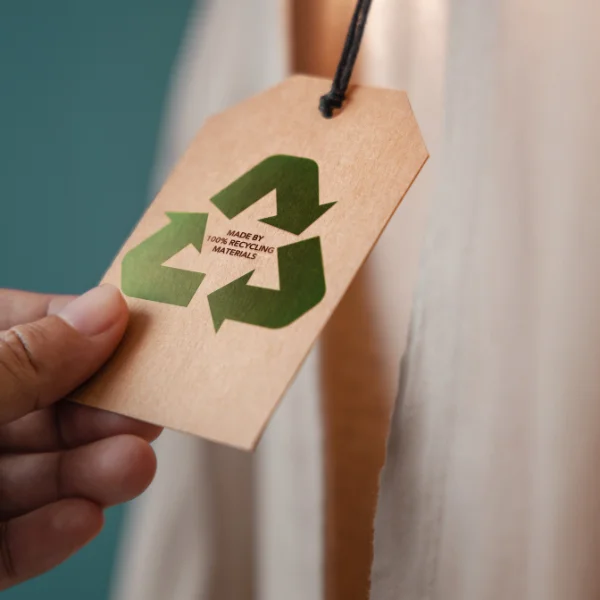
The Conscious Collection claimed its garments were made up of at least 50% sustainable materials like recycled polyester or organic cotton. First, recycled polyester in and of itself isn’t an ideal sustainable solution— it still relies on fossil-fuel production and cannot be repeatedly recycled. Plus, when fabrics are mixed, their recycling potential gets more complicated and is nearly impossible.
Yet, that debate of whether these vaguely-defined “sustainable materials” are actually a step towards sustainability proves itself unimportant because a 2021 report found that 96% of the Conscious Collection sustainability claims were indeed false claims, in breach of CMA guidelines.
On top of that, the Conscious Collection actually contained more synthetic materials than H&M’s normal clothing lines which defeats the purpose of a sustainable collection given all the issues related to synthetics, even recycled ones.
H&M’s “Recycling Program”
H&M has an in-store garment collection recycling program. Shoppers can bring in their old clothes for H&M to “recycle” in exchange for a coupon (to incentivize more shopping). However, H&M is pretty vague about what happens to the clothes after that.
They claim it will be reworn, reused, or recycled. But, what actually happens is that garments are sold to secondhand markets around the world to be someone else’s problem where it’ll likely be landfilled or it’ll be downcycled into rags or insulation.
Very little of the clothes are actually truly recycled or made into new clothes.
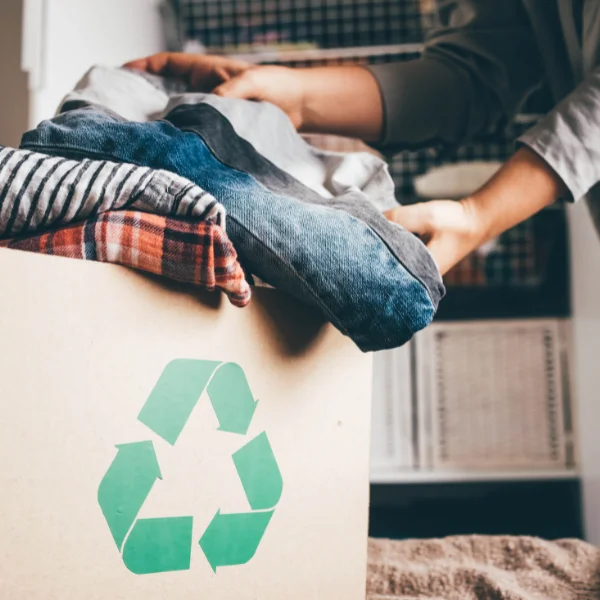
Additionally, H&M did partner with Looop to launch an in-store garment-to-garment recycling program in a Stockholm store. H&M makes no indication that this program is currently available at scale beyond the Swedish location, so one store’s recycling program doesn’t even touch the impact of a company that produces three billion garments a year.
Lastly, H&M’s most recent recycling endeavor is a joint venture called Looper Textile which essentially is a glorified textile sorting center which currently doesn’t address the real problems of clothing’s end-of-life, rather it just makes it more efficient to move clothes to those problematic places.
All of that to say, H&M’s recycling programs have largely been a distraction from their mass production problem. The programs aren’t meant to address waste. They are meant to make the customer feel better about continuing to buy from H&M so that H&M can continue to keep making more and more clothes and money.
H&M Pre-Loved
As many fast fashion brands have done in the last couple years, H&M introduced resale as another arm of the business via a partnership with ThredUP.
This secondhand storefront, H&M Pre-Loved, allows shoppers to find used H&M products for even less than their new retail price. While nothing is inherently wrong with pursuing a secondhand business model, it can be used as another way of greenwashing and justifying harmful production practices.
It is good to rehome used fast fashion instead of sending it on its inevitable pathway to landfill. However, if fast fashion brands are going to add secondhand as another avenue for selling their clothes, they should be subsequently cutting down on new production and designing clothes to be high enough quality to have a meaningful second life.

Instead, many fast fashion brands are using resale models as a way to bolster their environmental image and justify their overproduction. In this case, secondhand is merely used as another revenue stream rather than a way for brands like H&M to actually embrace circularity by using resale as a replacement for new production.
All of these different “sustainability initiatives” have led many to view H&M as an environmentally-friendly business. However, as discussed, most of these practices are merely a facade of sustainability and don’t address H&M’s most harmful production practices, i.e. their main role is to greenwash and earn the favor and, therefore, money of more customers. Some good news? Their false claims are catching up to them and we are seeing H&M be held a bit more accountable via some lawsuits and regulatory actions of the last couple years.
H&M Lawsuits & Regulation
H&M has been sued multiple times for its false claims, specifically regarding the Conscious Collection. One of the more recent lawsuits centers around how the environmental claims of the Conscious Collection lead customers to pay a premium for a misrepresented product line.
The lawsuit points out H&M’s misleading use of “Sustainability Profiles,” given that an independent investigation found the claims within these profiles to be downright false, with one dress reportedly produced with 20% less water on average when it was actually made with 20% more water.
It also alleges that H&M is taking advantage of consumers’ desire to shop sustainably by misrepresenting the actual sustainability of the product while also charging a premium for its eco-friendly label. The lawsuit also hinges on the fact that based on how H&M has marketed the products, a reasonable customer would expect the clothing to be sustainable. In reality, the clothing isn’t sustainable and H&M is therefore violating New York General Business Law.
Beyond the lawsuits, regulatory bodies around the world have questioned H&M’s and its peers’ marketing practices. The Netherlands’ Authority for Consumers and Markets found H&M guilty of greenwashing and demanded changes to their language. The EU’s recent Green Claims “crackdown” can be interpreted as a response to the widespread greenwashing perpetuated and practiced by brands like H&M.
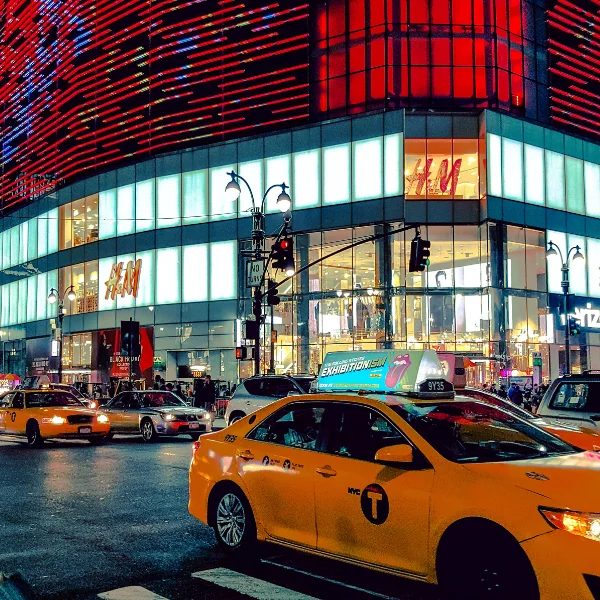
As a result of the criticism and investigations in the last few years, you can no longer find any environmental scorecards or “conscious” labels on the H&M website. The Conscious Collection no longer exists, though you can still find vague language that clearly is trying to paint an eco-friendly picture surrounding H&M’s clothing and practices.
When it comes to considering whether H&M is sustainable, you ultimately have to look beyond the many environmental claims that the fast fashion giant makes.
As the truism goes, actions speak louder than words. And H&M’s actions continue to do great harm to people and the planet despite how cleverly their words state otherwise. While recycling programs, resale, and eco-plans all sound nice, they don’t mean anything if those initiatives don’t include making less and addressing the massive waste crisis.
A brand that continues to produce billions of articles of clothing (with plans to keep growing) cannot be sustainable in light of the increasing planetary need for fashion to slow down.
This has been your comprehensive guide to H&M’s greenwashing and sustainability claims.
If you want to learn more and leave fast fashion behind, check out these articles:
- 25 Best Slow Fashion Brands to Help You Quit Fast Fashion
- What is Fast Fashion & Can It Be Sustainable?
- How to Quit Fast Fashion
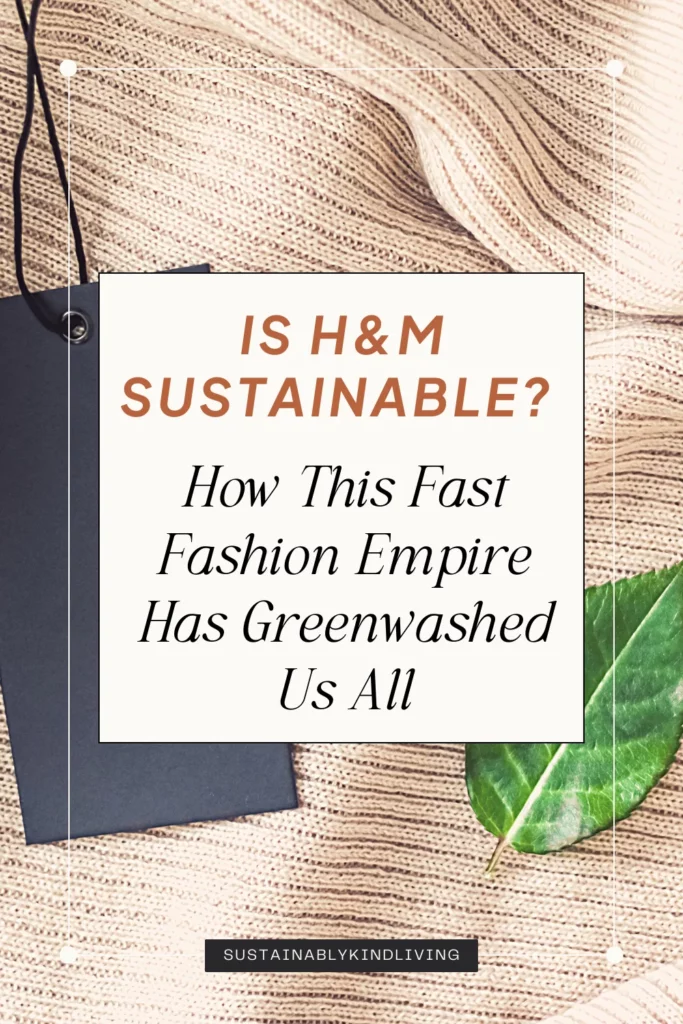
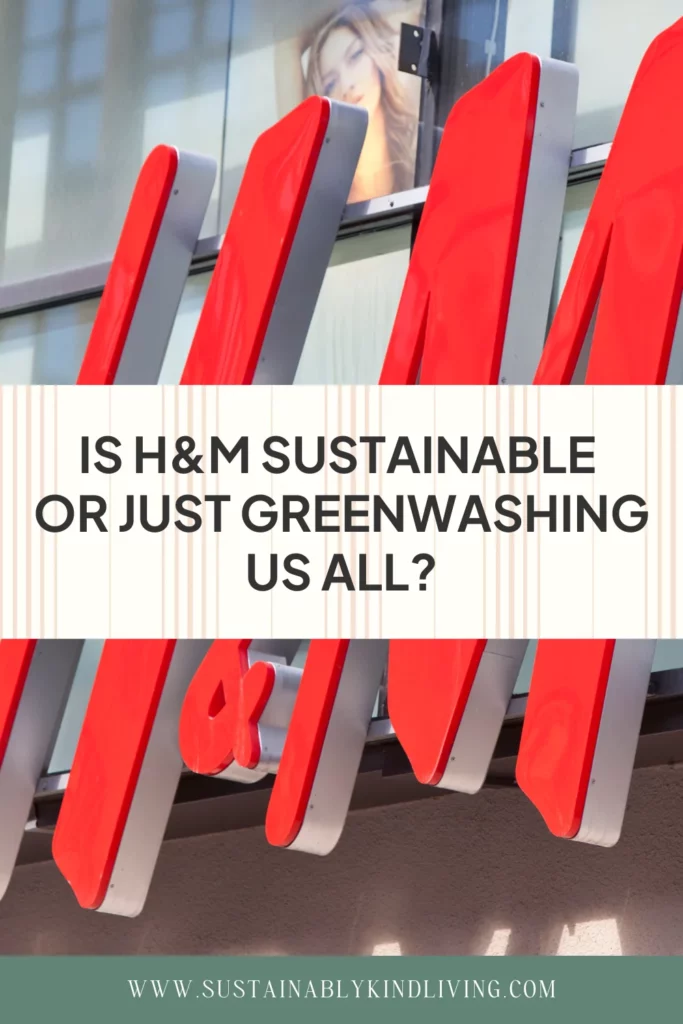
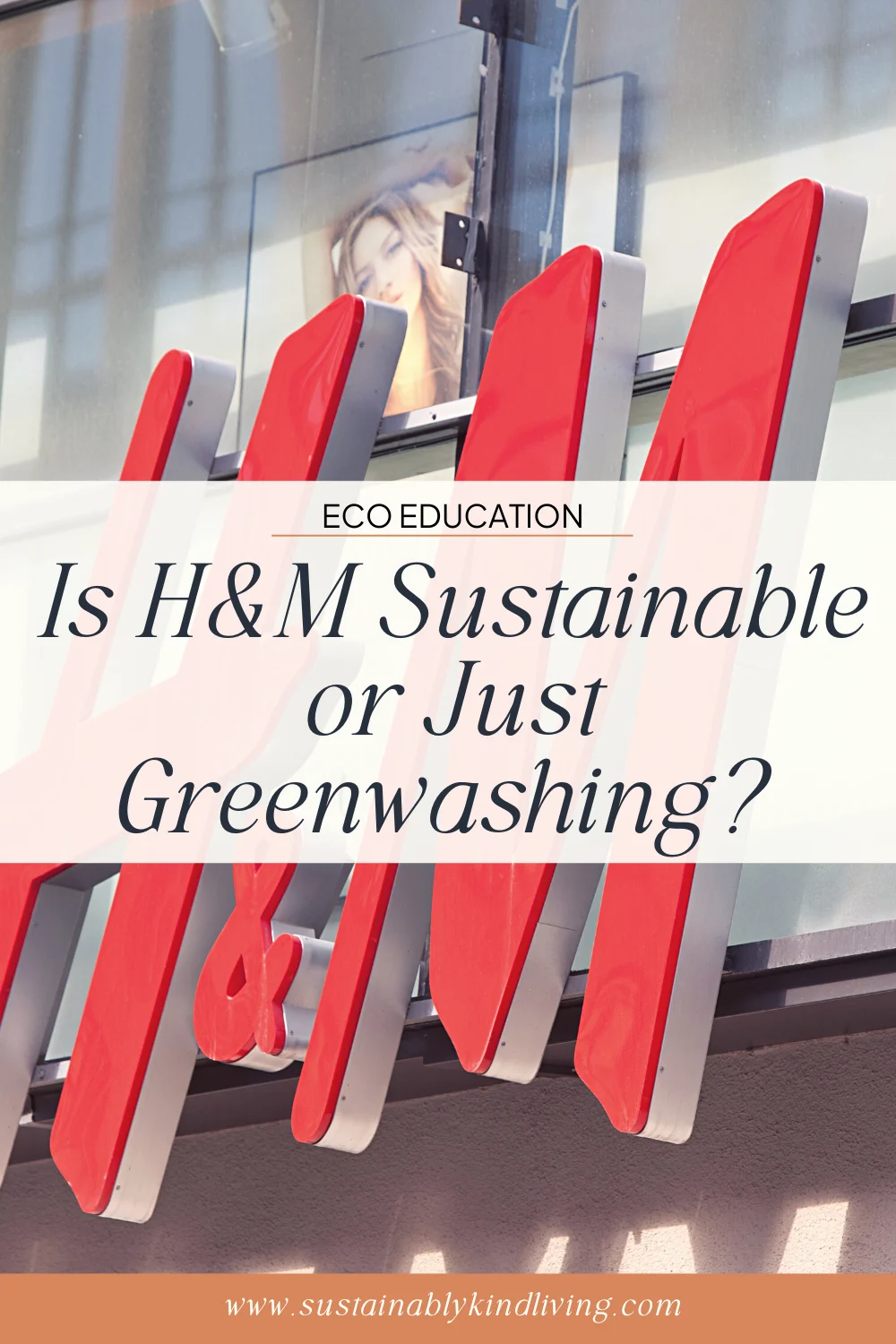
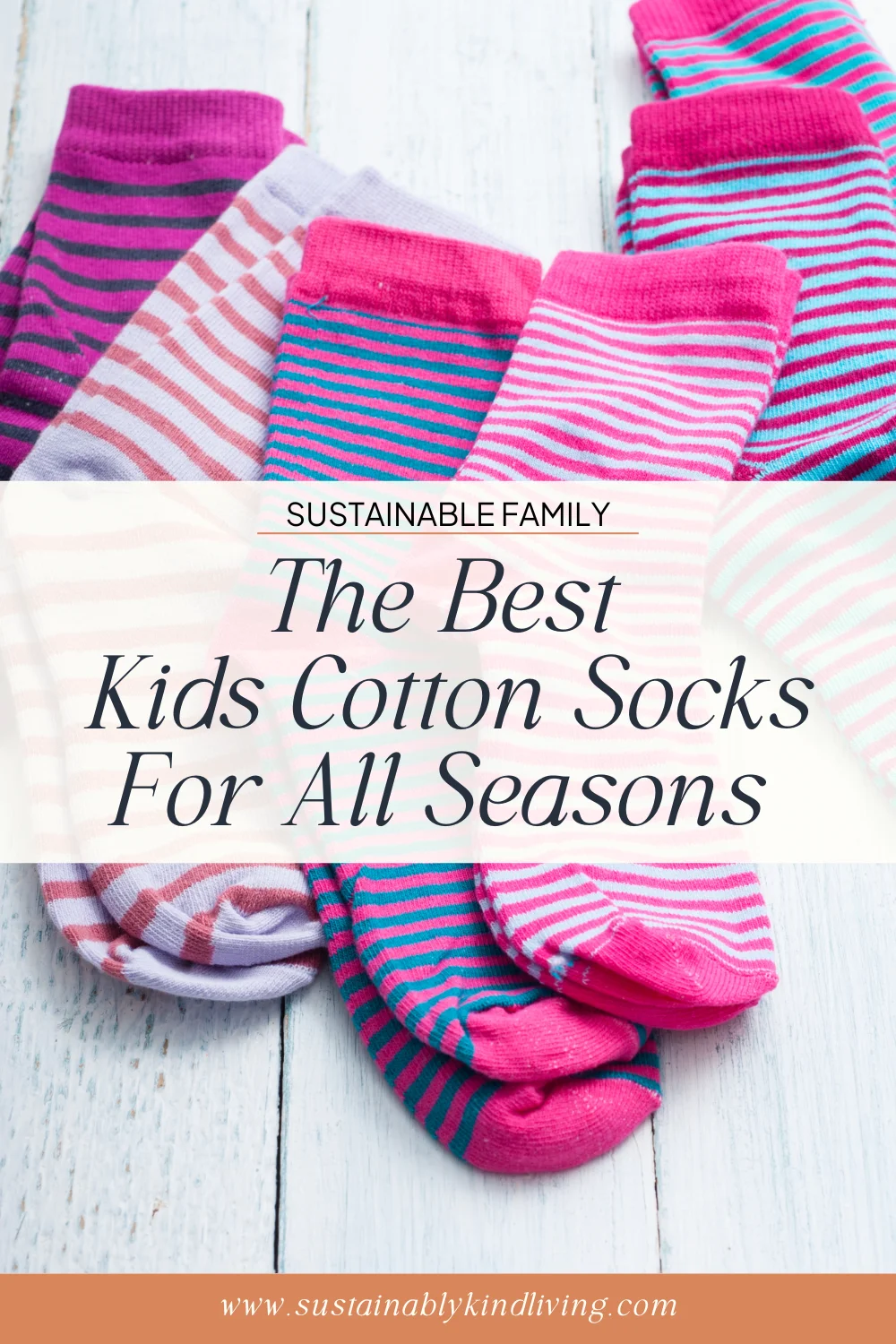
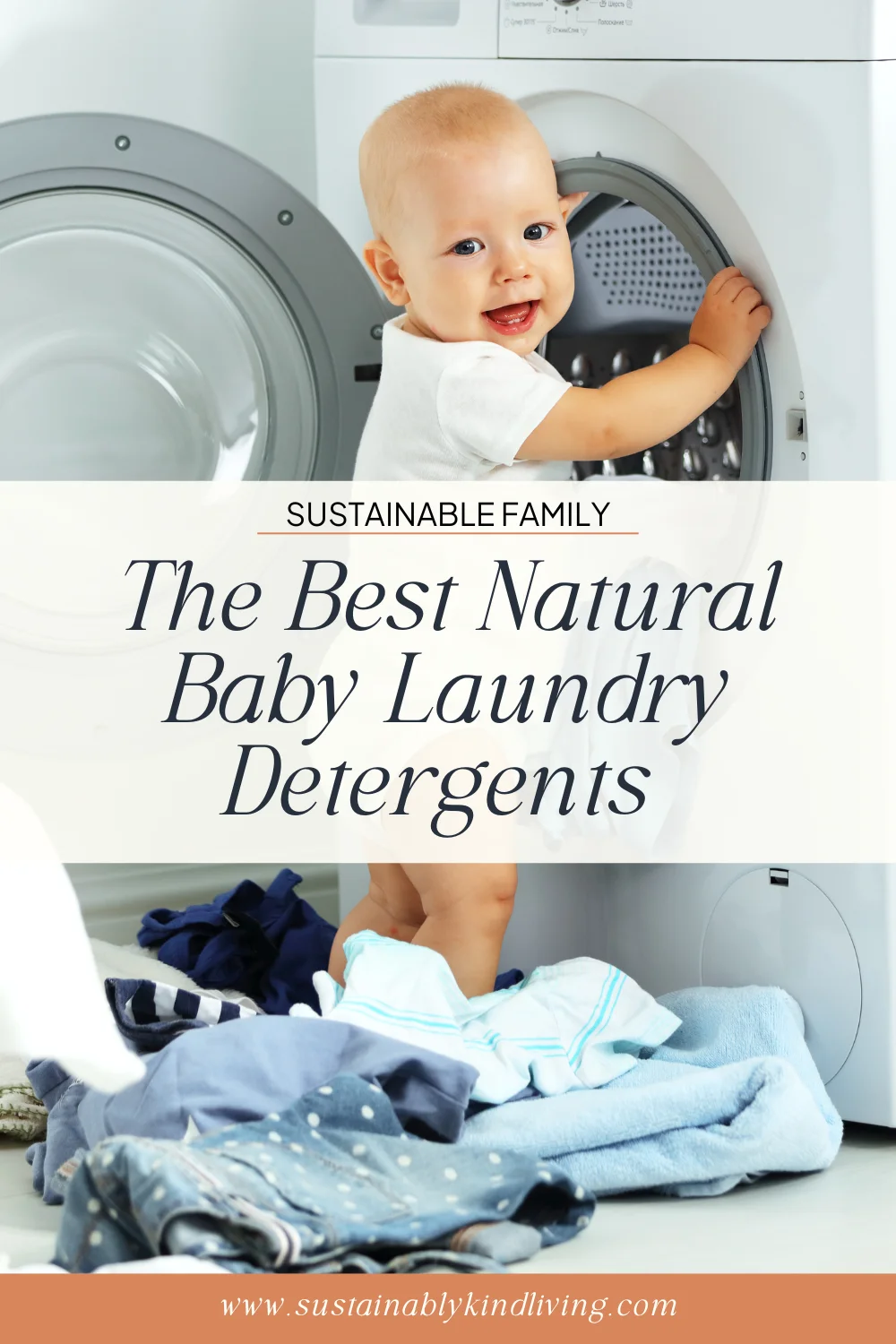
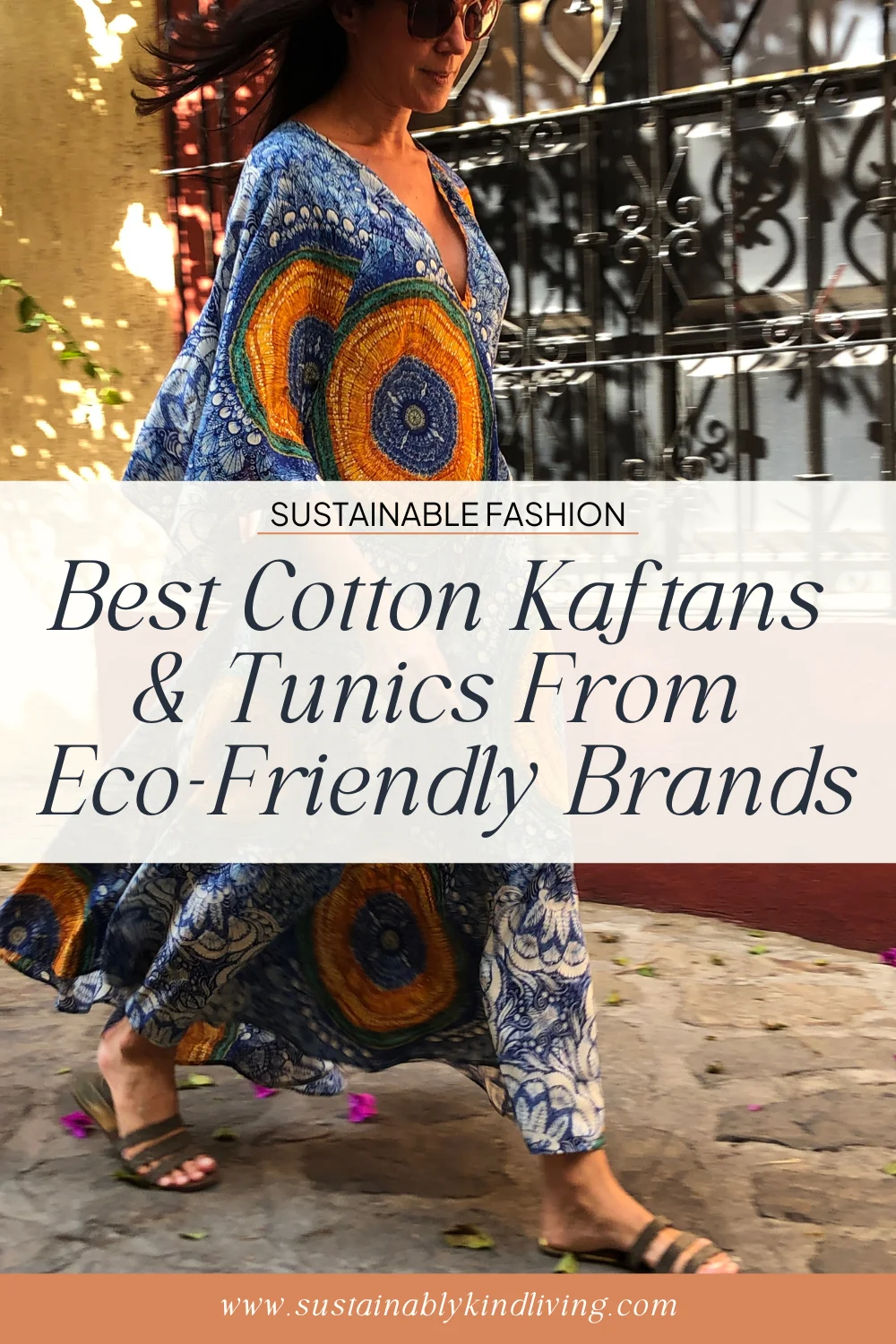
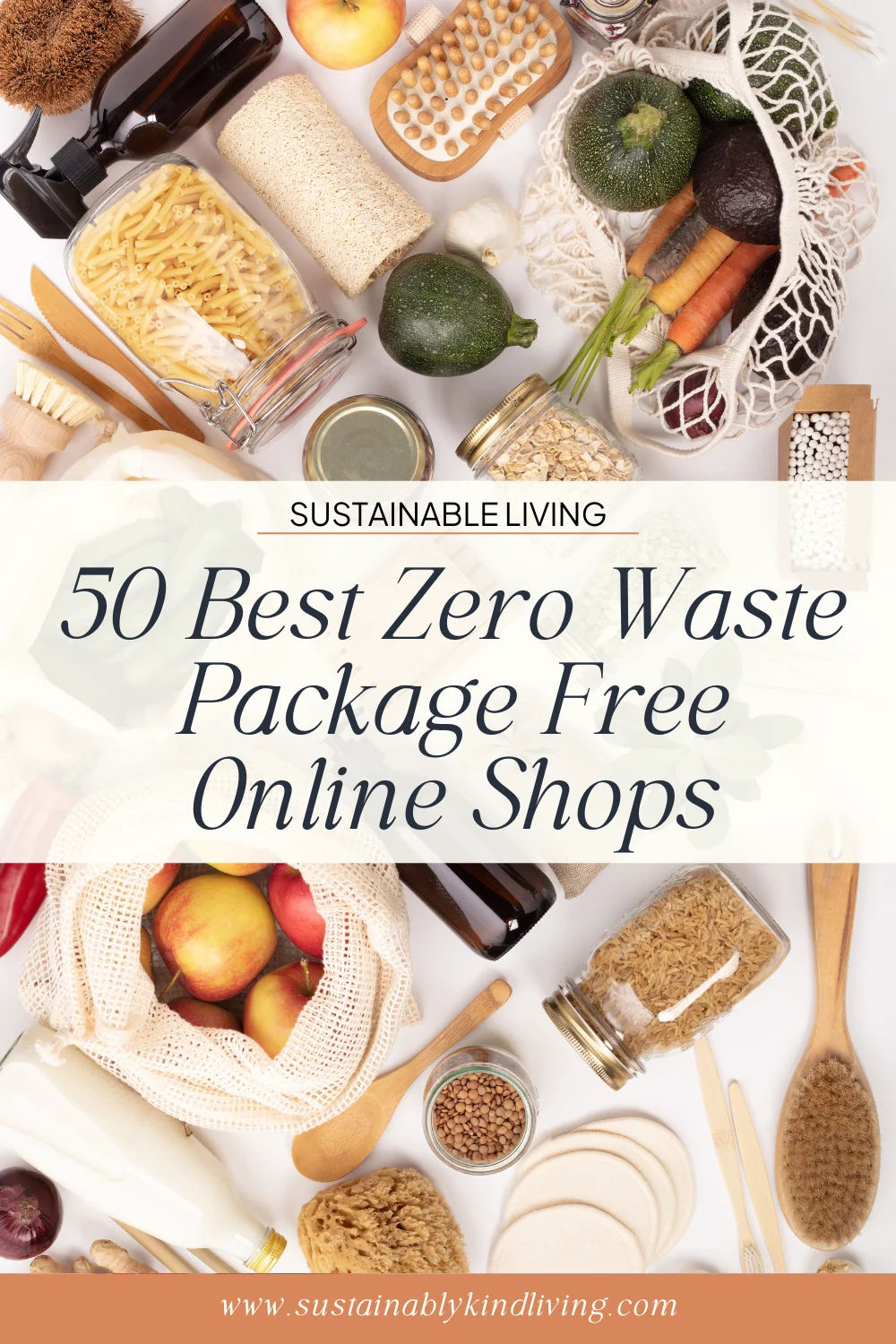

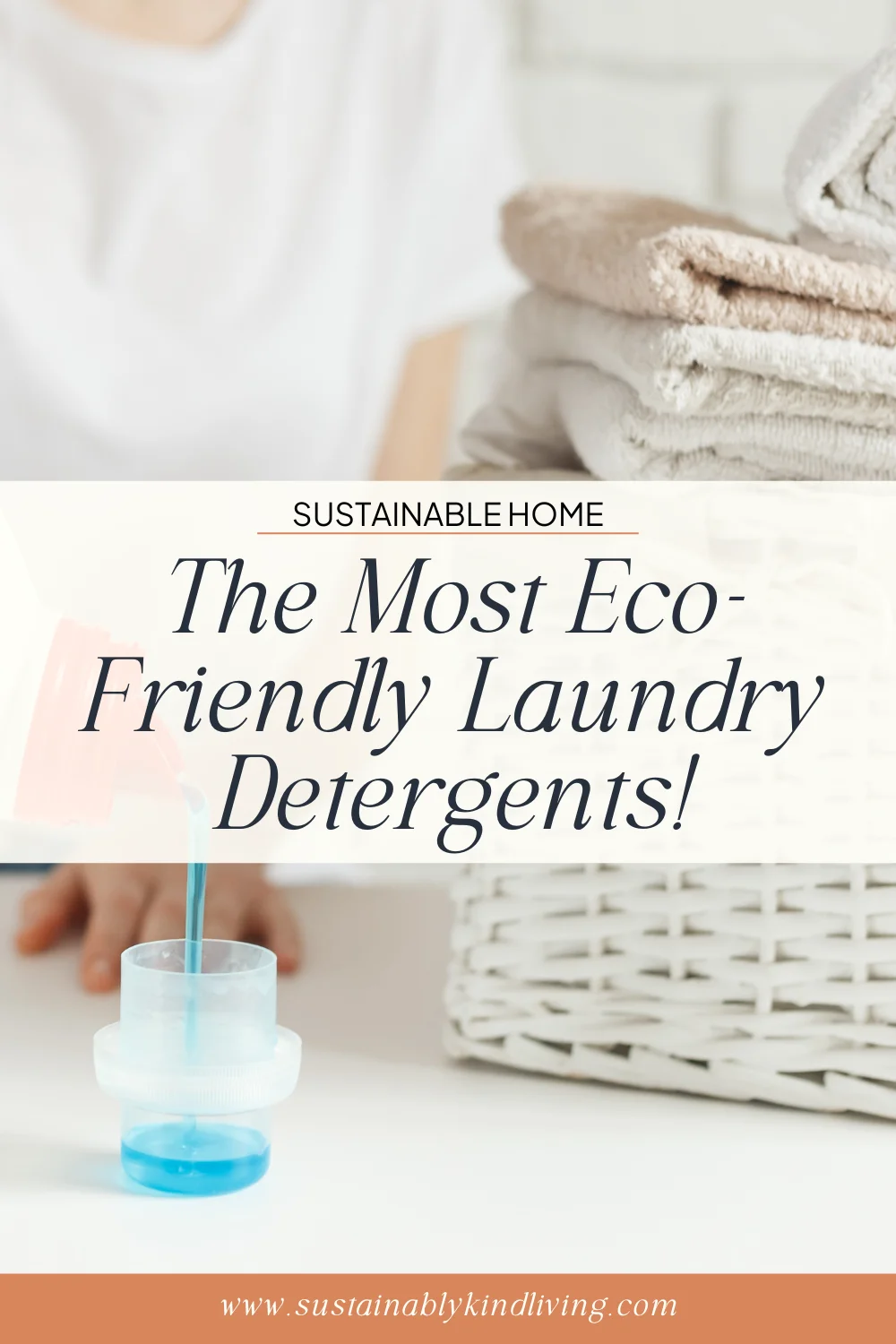

+ show Comments
- Hide Comments
add a comment